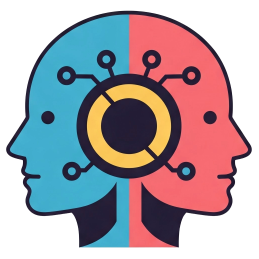Rethinking AI Guidance: A New Framework for Intelligent Systems
In a recent dive into the intricacies of Claude’s system prompt, I stumbled upon a rather disconcerting revelation. What I initially anticipated to be a structured guide for Artificial Intelligence turned out to be a daunting 20,000-word labyrinth of muddled instructions. It raises an important question about how we actually train our AI systems to think, respond, and engage with complex human needs.
The Pitfalls of Rule-Driven AI
At first glance, the prompt resembles a corporate compliance manual, brimming with do’s and don’ts—a veritable cookbook for artificial behavior. For instance, the regulations dictate everything from the prohibition of song lyrics reproduction to the intricacies of citing sources. Each rule seems like a reaction to a past mistake, layered upon layers of complexity without any genuine rationale.
The result? We have machines capable of discussing a myriad of subjects but lacking any real comprehension of them. They are programmed to follow a catalog of rules, optimizing outputs for metrics rather than understanding the values that guide those outputs.
The Deficiencies in Truth Evaluation
The glaring gaps in how Claude determines truth are particularly alarming. The current guidelines advocate a bureaucratic checklist approach: prioritize government sites, consider recency, and prefer educational domains. This methodology, however, fails to address the essential philosophical questions surrounding truth. Throughout history, philosophers have explored the nature of knowledge, weighing reliability against evidence. Unfortunately, it appears Claude’s creators sidestepped these foundational discussions, opting instead for simplistic heuristics.
Even more troubling is the push for “balanced and neutral perspectives” in all responses. This compromises genuine truth-seeking by equating fringe theories with established science. A balanced view isn’t always the most accurate, especially when one side holds scientifically verified claims while the other adheres to misinformation.
Ethics: A Checklist Approach
Similarly, the ethical framework presented in Claude’s guidelines is shallow at best. It functions on a series of isolated prohibitions—don’t assist in creating weapons, don’t promote self-harm, don’t infringe copyright—without any deeper ethical rationale connecting these restrictions. In contrast, human moral development begins with fundamental principles like compassion, integrity, and justice. This stark divergence highlights a significant oversight in nurturing ethical reasoning within AI.
The focus on user satisfaction metrics puts further strain on ethical considerations. When human well-being gets reduced to mere numbers, we lose sight of what truly matters—a cohesive vision of human flourishing.









Leave a Reply